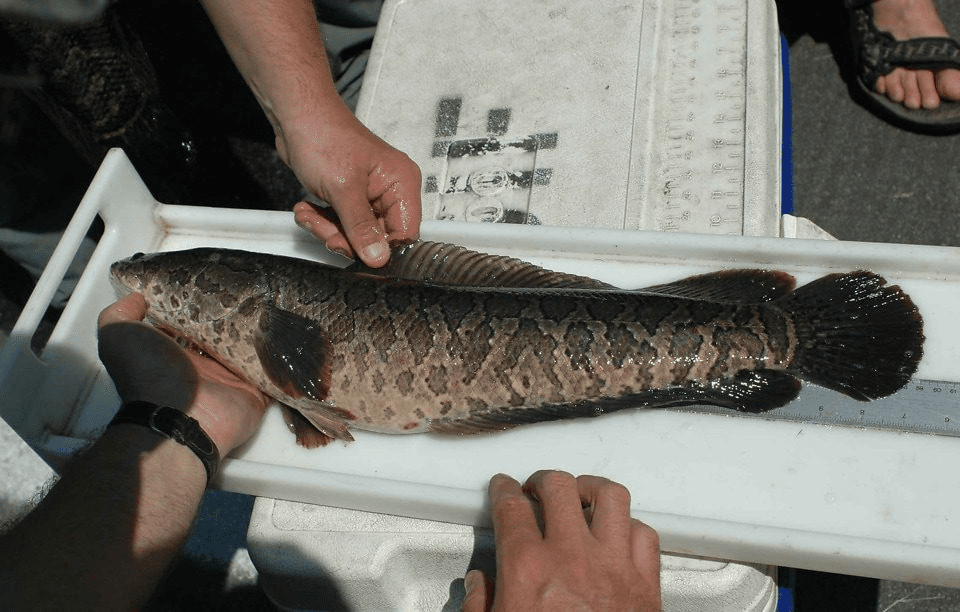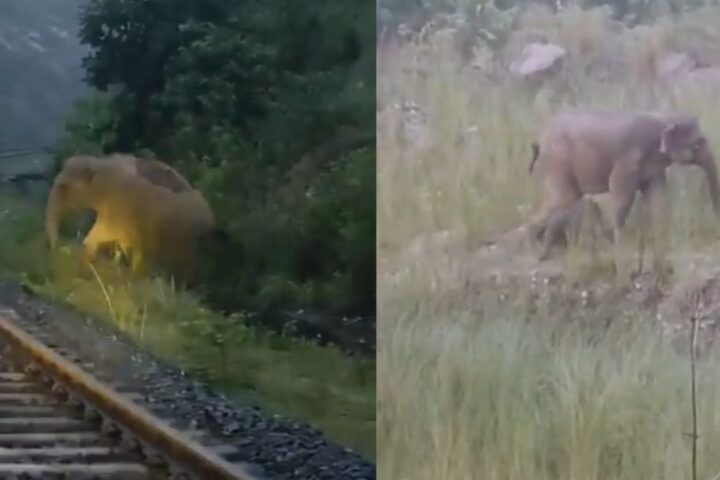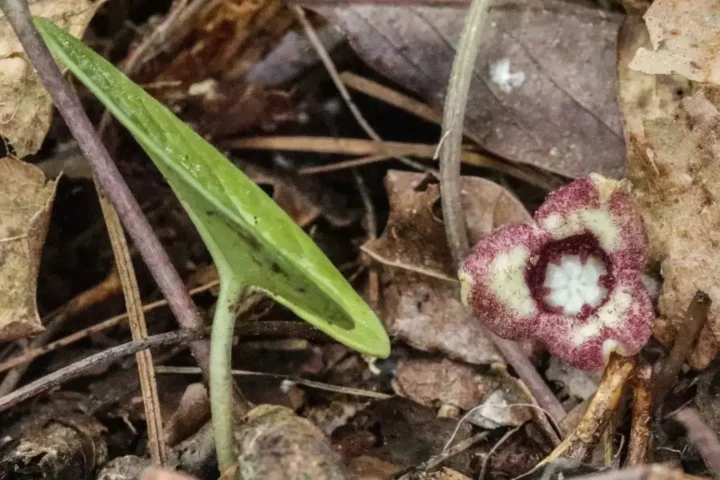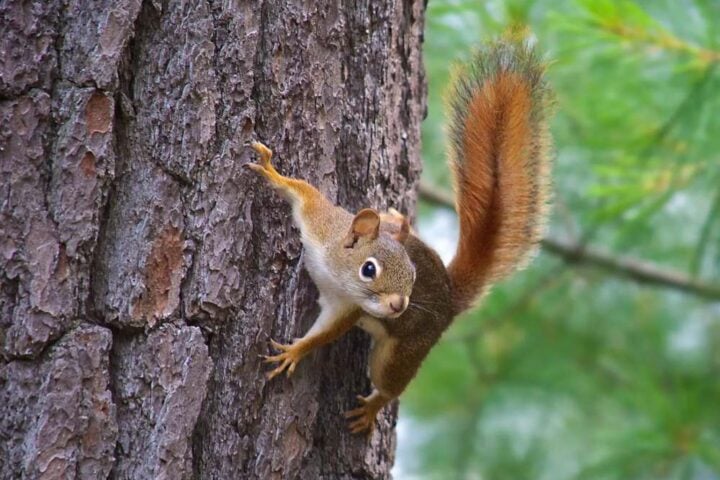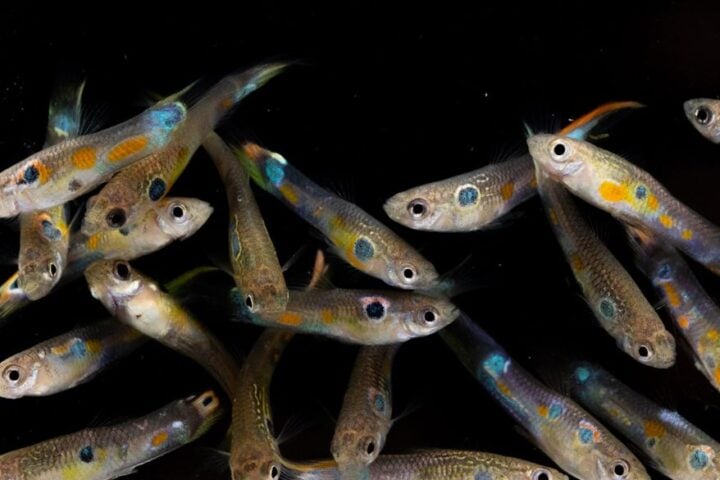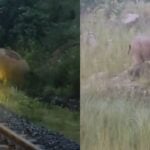In a recent declaration, the Pennsylvania Fish and Boat Commission (PFBC) has drawn attention to a growing ecological concern in the state. A growing presence of the invasive northern snakehead fish has triggered alarms in the lower Susquehanna River region, requiring an urgent response from local fishing communities and environmental experts. Northern snakeheads, native to China, Korea, and Russia, first appeared in the mid-Atlantic region in the early 2000s. Their ominous presence is often linked to illegal introductions and unhindered dispersal across waters devoid of natural or artificial barriers. Recent surveillance efforts have revealed a concerning growth of this species in Pennsylvania, particularly in the Conowingo Reservoir. This is alarming, given the species’ capacity for survival out of water and rapid reproduction.
This fish is a formidable predator, showing an insatiable appetite that threatens the survival of local sport fish species, such as bass and panfish. It could also pose a threat to native species, potentially stalling conservation efforts for American Shad and Chesapeake Logperch. The PFBC’s advisory comes as an earnest call to action for Pennsylvania’s anglers. The agency encourages the immediate reporting and elimination of any northern snakehead fish caught, with no size or creel limits. Killing methods suggested include head, gill arch, or internal organ removal. While possession, transport, and importation of live snakeheads are illegal, the white meat fillets of the killed fish are considered a culinary delicacy and can be consumed. The leftover carcasses can be used as garden fertilizer or disposed of in regular trash.
Similar Post
PFBC has provided an online platform for reporting captures, emphasizing the crucial role anglers play in preventing the spread of this invasive species. “We’re counting on their cooperation,” asserted Kris Kuhn, the director of the PFBC Bureau of Fisheries. A violation of these regulations, however, may lead to legal consequences, ensuring the strict enforcement of this ecological defense effort. The current scenario is critical. The evidence of reproduction among the northern snakehead population in the Conowingo Reservoir presents a troubling ecological narrative. It underscores the urgent need to stem the tide of this invasive species and protect the aquatic diversity of the Susquehanna River.
An information-rich resource page, including an identification guide for northern snakeheads, has been made available by the PFBC. This fight against the northern snakehead invasion is not just about preservation but also a community-driven effort towards responsible and sustainable fishing practices. The stakes are high, but Pennsylvania’s fishing communities and the PFBC are ready to face the challenge.
